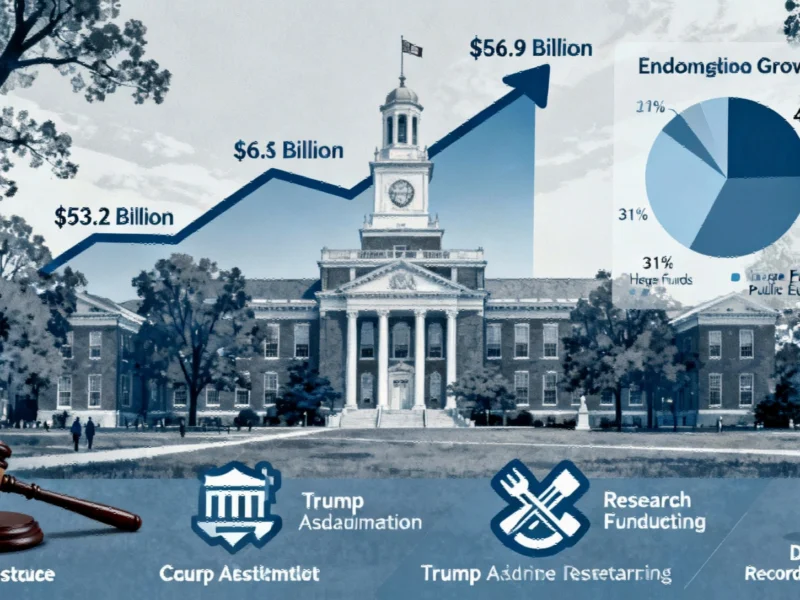According to Forbes, corporate reputation faces unprecedented challenges as Edelman reports an “unprecedented global decline for employer trust” globally. Dr. Patrick Haack, Director of HEC Research for Grand Challenges, identifies that reputation comprises legitimacy, status, and stigma, with critical distinctions between capability reputation (competence, financial performance) and character reputation (integrity, trustworthiness). Recent examples like Amazon’s announcement to lay off 14,000 people highlight how negative events impact perception, but research shows character violations from scandals or ethical wrongdoing cause more lasting damage than competence failures. The analysis emphasizes that reputation lies in the eye of multiple stakeholders and requires distinguishing between first-order judgments (personal beliefs) and second-order judgments (perceptions of what others believe).
The Business Case For Character Investment
What most executives miss is that corporate character isn’t a soft metric—it’s a hard economic asset. When companies prioritize character alongside competence, they’re building what I call “trust capital,” which directly impacts customer loyalty, employee retention, and investor confidence. The research showing that character violations cause more lasting damage than competence failures reveals a critical insight: markets punish ethical failures more severely than operational mistakes because they signal systemic risk rather than isolated incidents. This explains why companies with strong ethical cultures consistently outperform their peers in long-term shareholder returns. The financial impact extends beyond crisis moments—everyday decisions about transparency, fair treatment of employees, and ethical sourcing compound into measurable brand equity that affects pricing power and market position.
The Stakeholder Capitalism Execution Gap
The transition from shareholder primacy to stakeholder capitalism has created a dangerous gap between corporate rhetoric and operational reality. While most companies now publicly commit to ESG principles and ethical conduct, their internal incentive structures often still reward short-term financial results above all else. This creates what I’ve observed as “ethical drift”—where organizations slowly compromise their values through thousands of small decisions that individually seem justifiable but collectively erode character reputation. The challenge isn’t declaring values but embedding them in performance metrics, compensation structures, and promotion criteria. Companies that successfully navigate this transition treat reputation risk with the same rigor as financial risk, with board-level oversight and quantitative measurement of trust indicators across stakeholder groups.
Operationalizing Reputation Risk Management
Forward-thinking companies are moving beyond reactive reputation management to proactive reputation engineering. This involves treating character as a competitive advantage rather than a compliance requirement. The most sophisticated organizations I’ve studied implement “ethical stress testing”—systematically evaluating decisions against potential reputation impacts before implementation. They also recognize that in the age of social media and instant news cycles, reputation damage can occur in hours while recovery takes years. The smartest play isn’t waiting for crises but building reputation resilience through consistent demonstration of character across all touchpoints. This includes everything from supply chain transparency to how companies handle layoffs—note that Amazon’s 14,000-person reduction becomes not just an operational decision but a character-defining moment that stakeholders will remember for years.
The Next Frontier In Reputation Metrics
The traditional approaches to measuring reputation—surveys and media analysis—are becoming inadequate in today’s complex stakeholder environment. The distinction between first-order and second-order judgments highlights why companies need more sophisticated measurement frameworks. I’m seeing leading organizations develop “reputation early warning systems” that combine social sentiment analysis, employee feedback loops, customer behavior patterns, and investor communications into integrated dashboards. The most valuable insight comes from tracking the gap between what stakeholders say privately versus what they believe others think—this “reputation perception gap” often predicts future crises before they become public. Companies that master this can address character concerns proactively rather than reactively, turning reputation management from damage control into strategic advantage.
The CEO Character Premium
Perhaps the most underappreciated aspect of corporate reputation is what I term the “CEO character premium.” When boards treat leadership reputation as separate from corporate risk management, they’re making a fundamental strategic error. In today’s transparent environment, the personal conduct of executives—especially CEOs—directly impacts brand valuation, employee morale, and customer trust. The companies that excel at reputation management recognize that character must be a non-negotiable criterion in executive selection and development. They also understand that character demonstration needs to cascade throughout the organization, with middle managers embodying the same values as senior leadership. This creates what becomes recognizable as “character consistency”—where stakeholders experience the same ethical standards whether interacting with frontline employees or C-suite executives.




